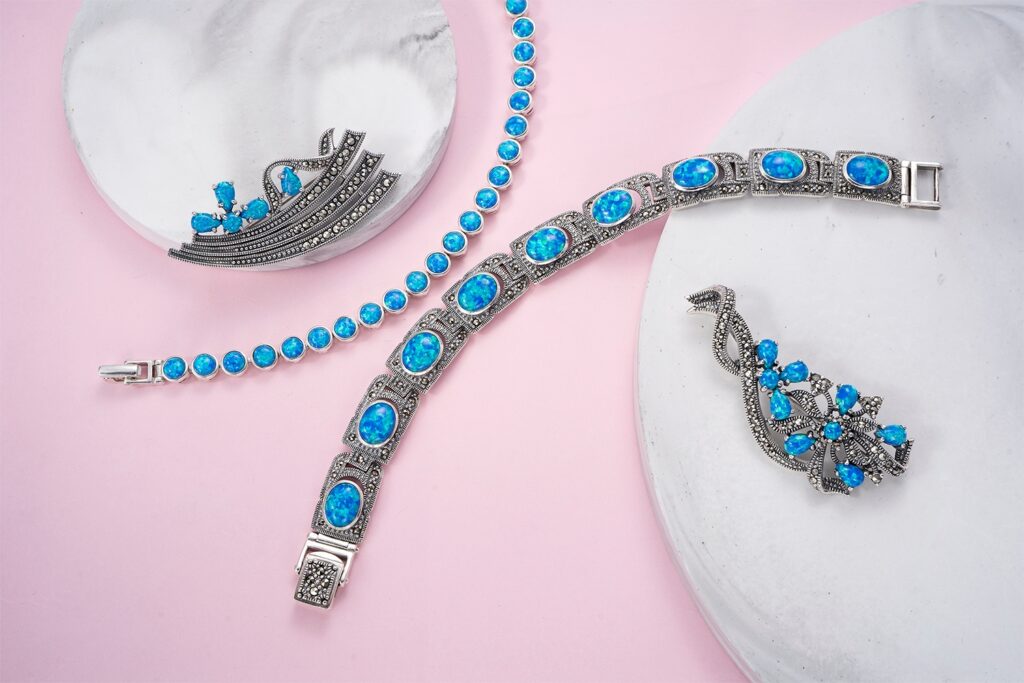While Marcasite stones are a beautiful option for homeowners, they are also expensive to buy and maintain. Natural Stone is a perfect alternative to Marcasite stones. It’s a long-lasting and low-maintenance option that can be used on all types of materials including concrete, granite, marble, sandstone, and more. Natural stones are also more affordable than Marcasite stones which makes them a good choice for homeowners on the go.
How to Replace Your Marcasite Stones with a Natural Stone

The Complete Guide to Marcasite Stone Replacement
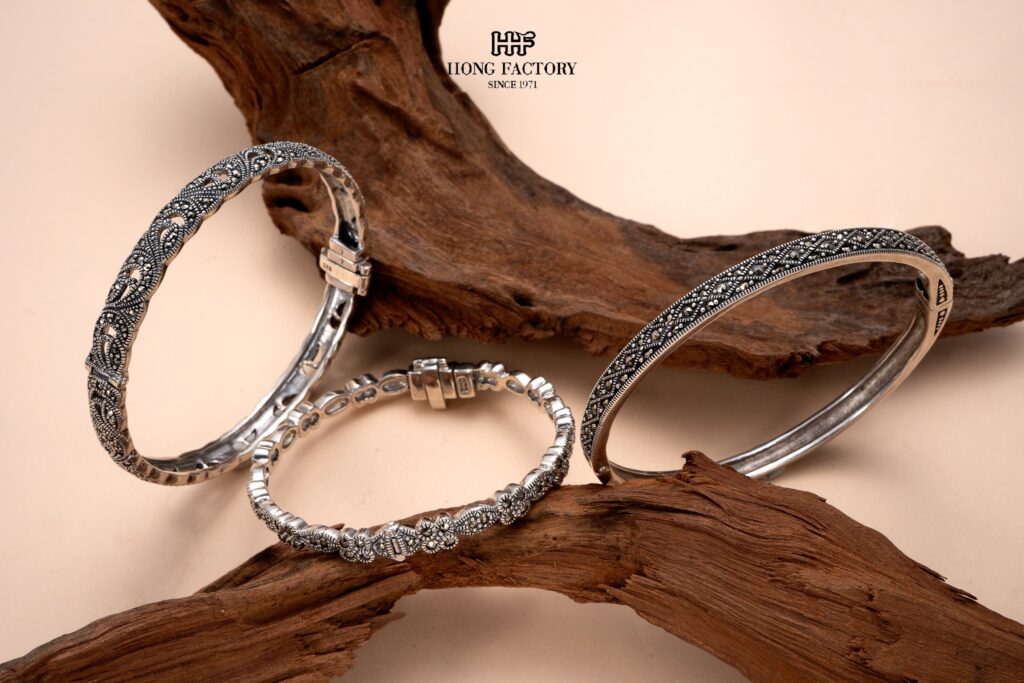
Marcasite stone is a type of natural stone that can be used in many ways. The most common use of this stone is as kitchen countertops. However, it can also be used for flooring, wall cladding, and other purposes.
Marcasite Stone Replacement Guide:
1. What is Marcasite?
2. Where Can You Find Marcasite?
3. How Much Does Marcasite Cost?
4. How to Replace a Kitchen Countertop with Marcasite Stone
5. How to Replace Flooring with Marcasite Stone
The Complete Guide to Marcasite Stone Replacement and How It Can Help You
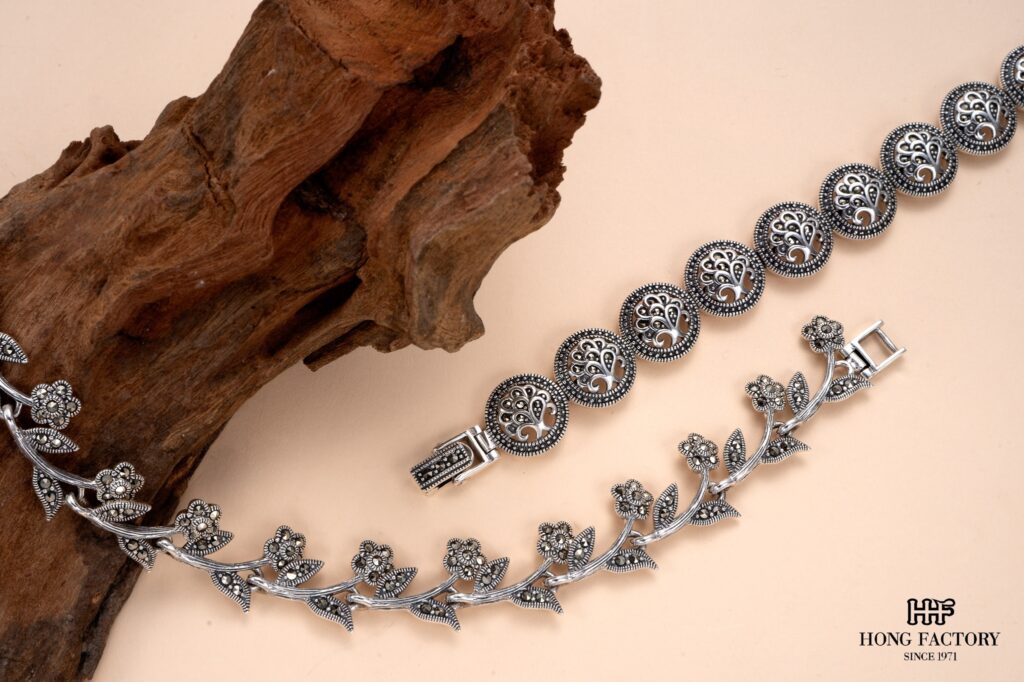
Marcasite stone replacement is a common problem for homeowners and business owners. The good news is that there are many ways to get rid of this problem and you can use them to your advantage.
There are three main ways to replace a Marcasite stone:
1) Replace the Marcasite stone with a porcelain or ceramic tile
2) Replace the Marcasite stone with natural stones or granite
3) Replace the Marcasite stone with another type of material such as limestone, marble, or quartz
What is a Marcasite Stone and Why is it Important?
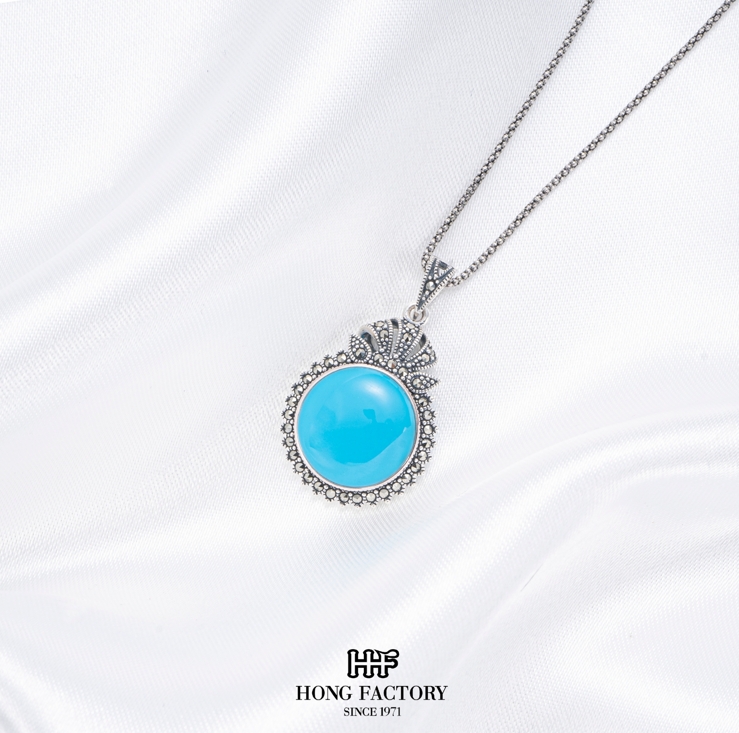
A marcasite stone is a type of quartz that has been treated with a chemical that causes it to fluoresce under ultraviolet light. The word “marcasite” is derived from the word “mark” and “marble.” This term was first introduced in 1828 by the French chemist, Marcas. Marcasite stones have been used in jewelry making since ancient times. They are also widely used in lapidary and gemstone cutting, as well as craft projects such as mosaic tile mosaics.
How do you Replace a Marcasite Stone?
Marcasite stones are a type of stone that has metal flakes, which are embedded in the rock. They are mostly found in riverbeds and can be hazardous to people who come into contact with them. The best way to remove marcasite stones is by using sandpaper. You should also use gloves or a dust mask as it may contain chemicals that can cause health problems if inhaled.
How much Does it Cost to Replace a Maracasite Stone?
Marcasite stones are popular among gardeners. They are a type of stone that contains the mineral calcite and is known for its distinctive sound. The cost of replacing marcasites stones depends on the size of the garden and how many stones you have in your garden. For small gardens, it may cost around $100 to replace all the stones in a single year, while for larger gardens it may cost around $1,000 to replace all the marcasites in a single year.
How to Replace Marcasite Stones in Faucets
Marcasite is an iron-containing mineral that has a hardness of 6 on the Mohs scale. It is a common, naturally occurring material found in water and groundwater. Marcasite is also commonly used as a filler in ceramic glazes and enamels. The most common use of Marcasite is as a part of the faucet’s sealing mechanism, which includes the valve seat, stem seal, and spout seal. The faucet’s valve seat has to be made from ceramic or porcelain because these materials can handle high temperatures without melting or cracking. Porcelain does not react with water as metal does so it cannot corrode or deteriorate over time as metal can.
Marcasite stones are usually shaped into discs that are placed around the valve seat to provide better sealing and reduce wear on the stem seal and spout seal. The stones are often called “marcasites”.
What are Marcasite Stones?
Marcasite is a type of mineral, which is a metallic oxide of iron. It has the same chemical composition as magnetite, but it is not magnetic. It forms in the presence of water and carbon dioxide at high pressure and temperature Marcasite stones are found in hydrothermal veins that are created when water percolates through volcanic rocks. They can be found worldwide in igneous rocks such as granite, rhyolite, and diorite. These stones can also be found in sedimentary rocks such as sandstone and limestone Marcasite stones are often used by jewelers for their attractive colors.
How to Replace Marcasite Stones in Your Jewelry with Glass
Marcasite stones are a type of black, gray, or brownish-black glass that is used to make jewelry. However, they have been found to contain toxic substances like arsenic and mercury.
What are Marcasite Stones and How are They Made?
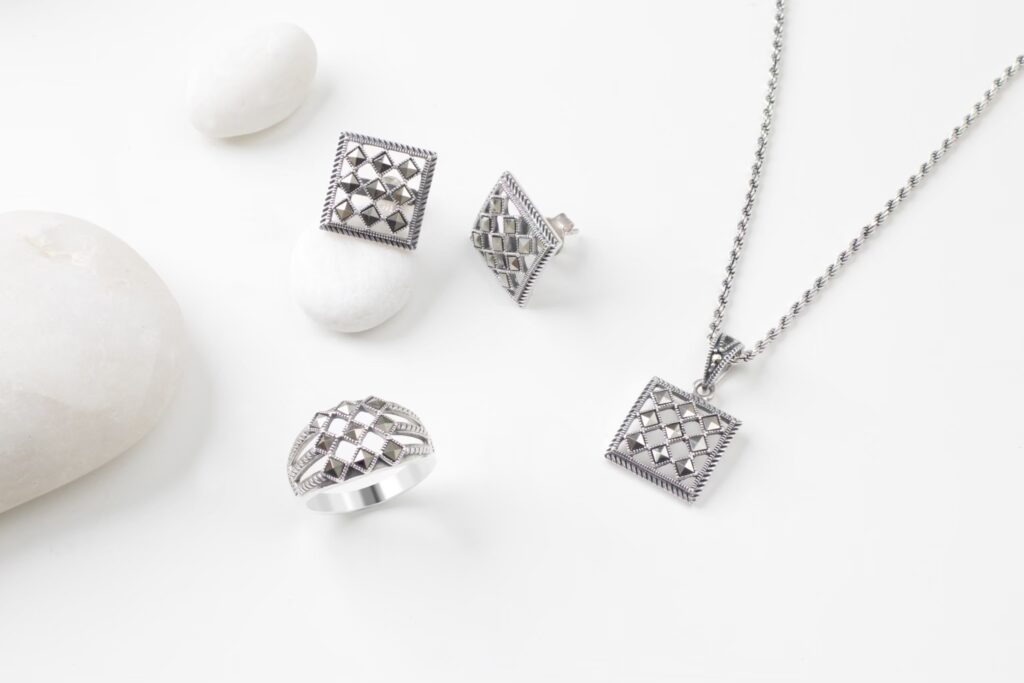
Marcasite stones are a type of gemstone that is made by pressing a mixture of sapphire and diamond powder into a mold. Marcasite stones are usually cut as cabochons, meaning they are cut with the convex side up. This makes them more affordable than other types of gemstones. These stones can be found in colors such as blue, green, pink, purple, and red. Marcasite stones have been used for thousands of years to make jewelry and amulets. They were also used in ancient times to ward off evil spirits.
The Complete Guide to Marcasite Stones – Are they Worth It?
Marcasite stones are one of the most widely used types of stones in the world. They are also referred to as Marcasite, Marasi, or Mara Stone. They have a wide variety of uses and can be found in different colors and shapes. The most popular use for these stones is as a healing stone. Marcasite stones are a relatively new discovery in the world of gemstones and minerals. However, they have been around for thousands of years. They were first discovered by the ancient Egyptians who used them for many purposes such as jewelry, amulets, and tools. The Complete Guide to Marcasite Stones is an informative article that covers aspects such as what they are made out of, how they were discovered, where they come from, how they can be found in different colors and shapes, their uses, how to care for them properly so that you can enjoy them for generations to come

